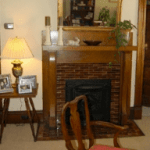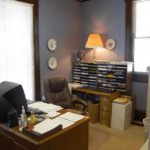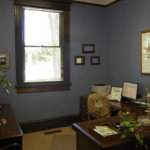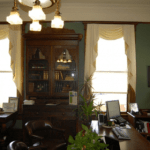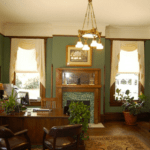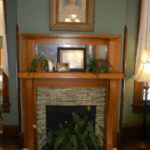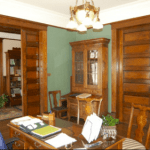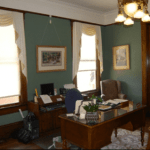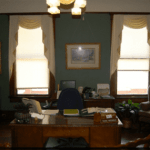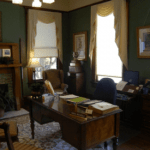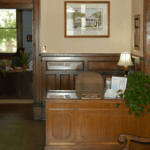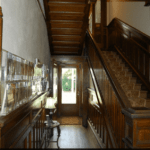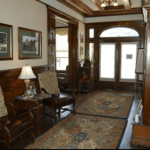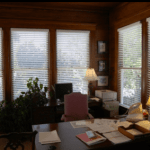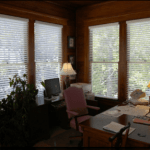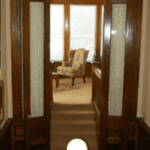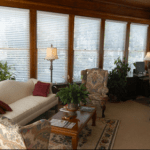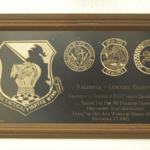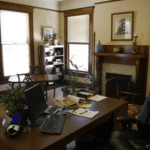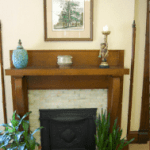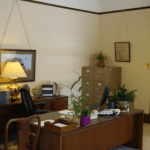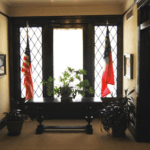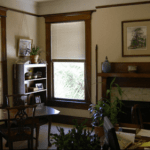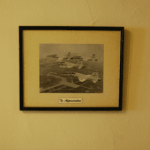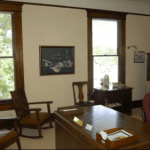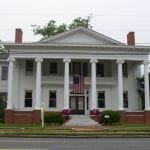Barber House
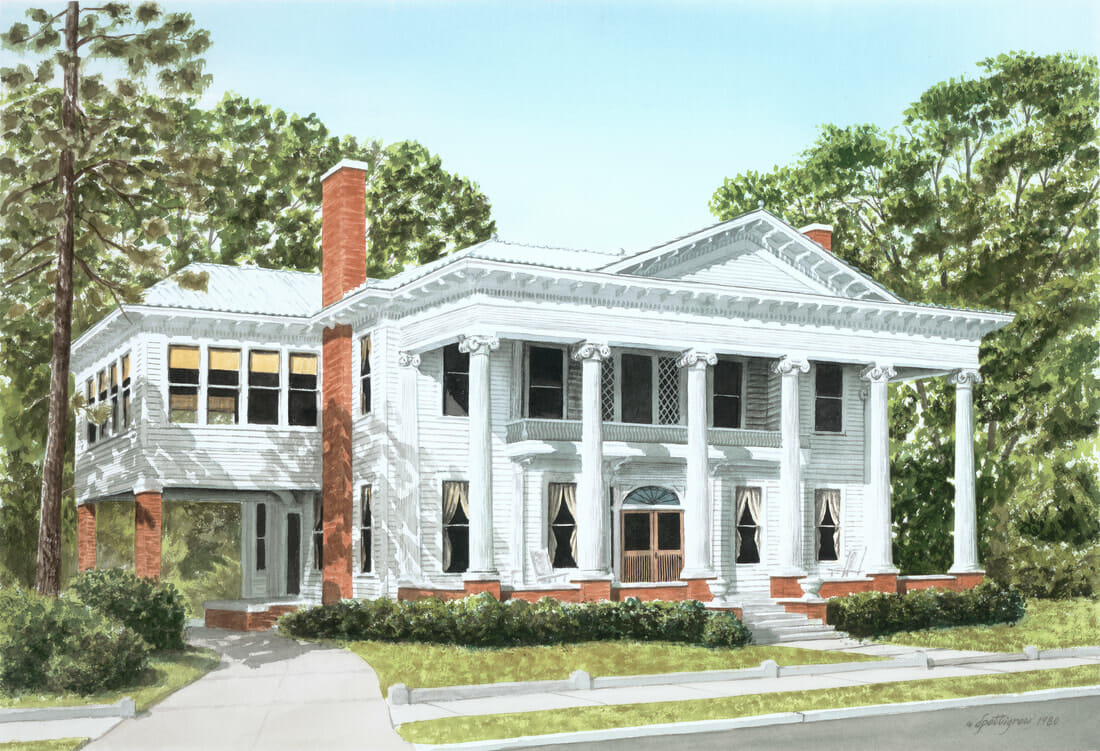
Built in 1915 by E.R. Barber, a respected entrepreneur and inventor who was also prominent in local civic activities, this house is an excellent example of turn-of-the-century Southern domestic Neo-classicism. As co-owner of Valdosta Bottling Works, Mr. Barber built the home within walking distance of the firm which was the second plant in the world to bottle Coca-Cola. The home was designed by Lloyd Barton Greer, a prominent South Georgia architect and long-time resident of Valdosta. The exterior detailing of the home is beautifully simple with its linteled windows and fanlight over the front door, and one is impressed with its six Ionic supporting columns with dentils and brackets running around the cornices and its symmetrically spaced windows and entrance door. Attention should also be given to the wainscoting and the molding which frames the doors and two fireplaces on the first floor. The ceiling detailing in the dining room, consisting of concentric squares of small lights integrated with a wood beam system is a very unique design element within a structure of this period. Another significant internal mechanical detail is the baseboard vacuum system.
Upon the death of Mr. Barber in 1965, the house became the property of his daughter, Ola Bell Barber Pittman. When the new U.S. Post Office/Federal Office Building was constructed on North Patterson Street in the 1960s, the safety of the home was threatened. While the General Services Administration was eyeing it as a potential site for the expansion of parking facilities, Mrs. Pittman was determined to protect her home. Through her tenacious efforts, possibly including a phone call to President Lyndon B. Johnson in which she made her position in the matter very clear, Mrs. Pittman won the case. Mrs. Pittman died in Valdosta on April 12, 1977 after spending the last two years of her life in a nursing home. When her will was read, it revealed that she had left the home to "the citizens of Valdosta."
She detailed very explicit instructions as to her wishes regarding the use of it. She was particularly intent that the government not gain control of the property. There was also a proviso in her will that the property should be used for a purpose that allowed it to be enjoyed by the public. This home had apparently been a haven of rest for her....a place in which she felt secure and could pause, relax and reflect upon the pleasantries of life. And, seemingly, this was the legacy she wished to pass on to the citizens of Valdosta in leaving the property to them.
In 1980, the Valdosta-Lowndes Chamber of Commerce, Valdosta-Lowndes Development Authority, and Valdosta Junior Service League took on the enormous task of cleaning out and restoring the grand home. The renovations were led by a local firm, IPG Architects. The home was placed in a trust, the Barber House Trust, which is run by the Valdosta-Lowndes Chamber and seeks to ensure the preservation of the home and its history for future generations.
The Barber-Pittman House was placed on the National Register of Historic Places on February 12, 1980.

